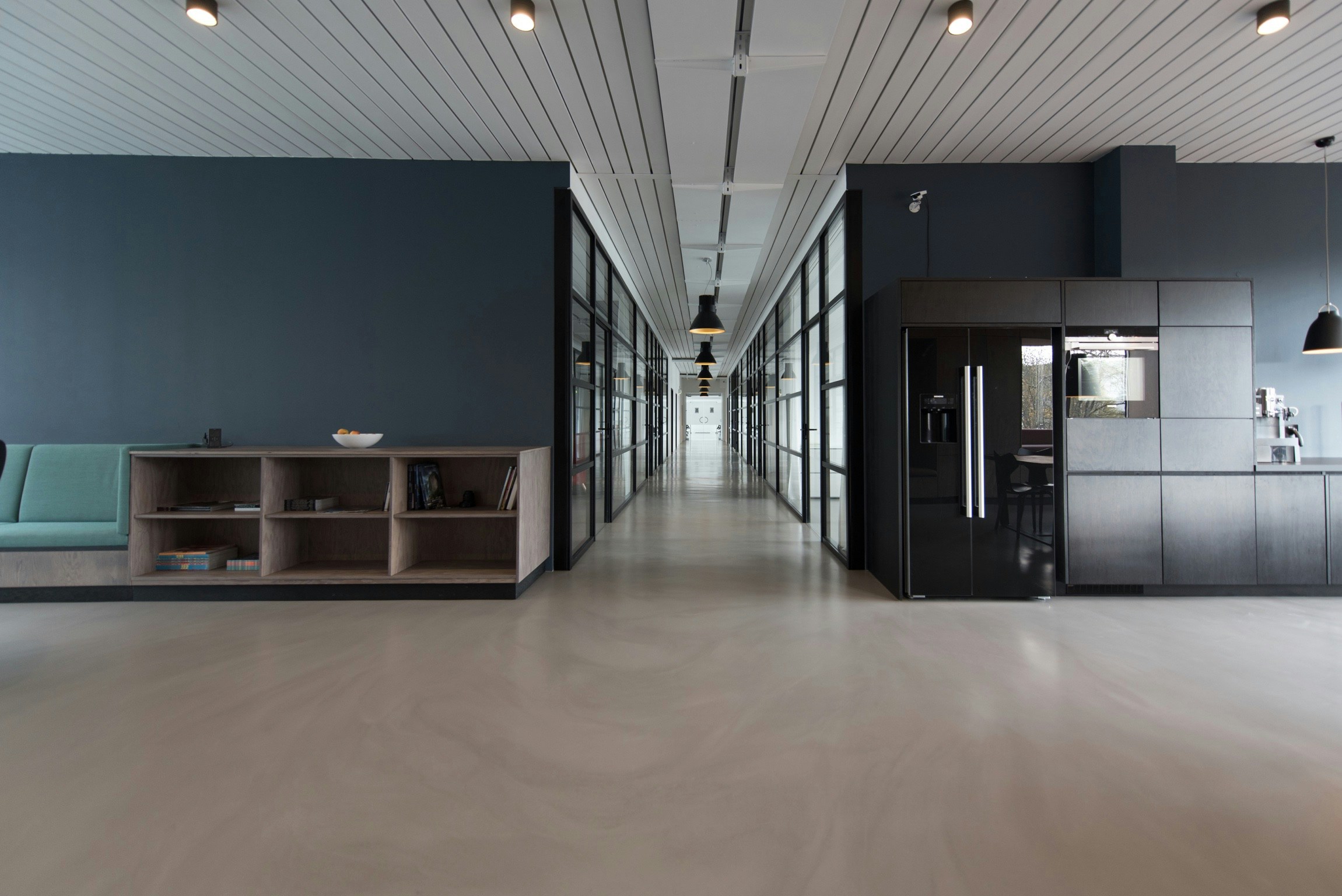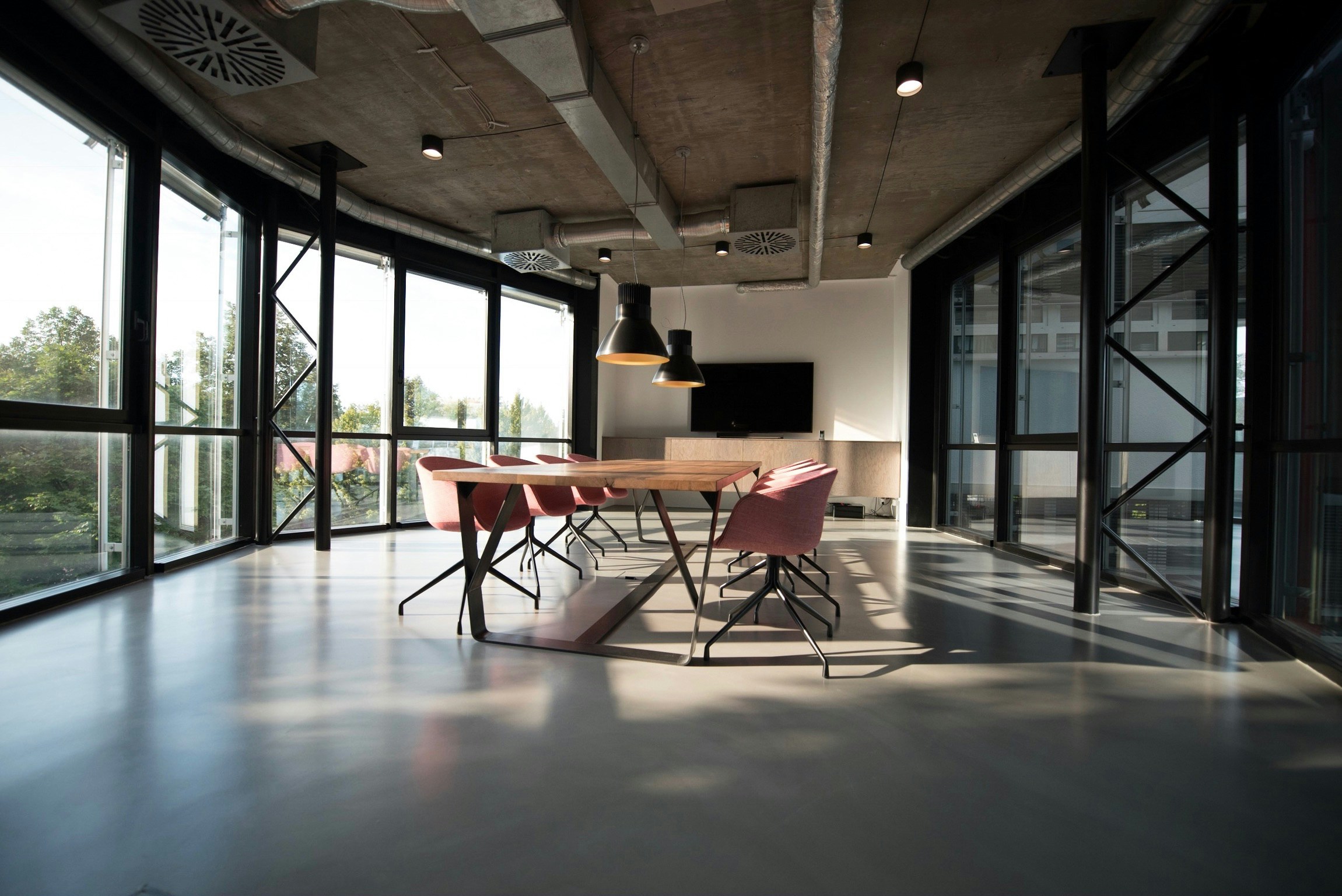Color is a powerful tool in design. It can evoke emotions, convey messages, and influence perceptions. Understanding color psychology can help you make informed design choices that resonate with your audience.
The Basics of Color Psychology
Red: Passion, energy, urgency. It's often used in call-to-action buttons and sale announcements.
Blue: Trust, calm, professionalism. Popular in corporate and healthcare designs.
Yellow: Happiness, warmth, caution. Used to grab attention and convey positivity.
Green: Growth, health, tranquility. Common in eco-friendly and health-related designs.
Purple: Luxury, creativity, wisdom. Often seen in beauty and high-end products.
Using Color Effectively
Brand Identity: Choose colors that reflect your brand's personality and values.
Emotional Response: Consider the emotional response you want to evoke from your audience.
Contrast and Readability: Ensure that your color choices provide enough contrast for readability, especially for text.
Case Studies
Coca-Cola: Uses red to evoke excitement and energy.
Facebook: Uses blue to convey trust and reliability.
By harnessing the power of color psychology, you can create designs that not only look good but also connect with your audience on a deeper level.


